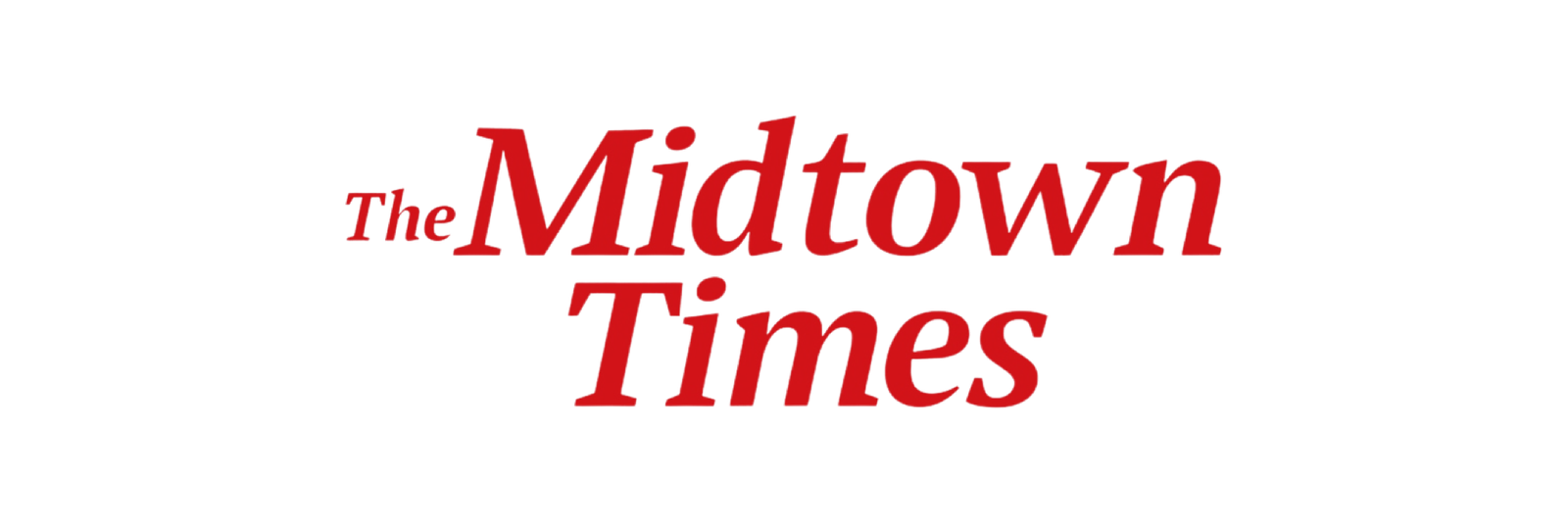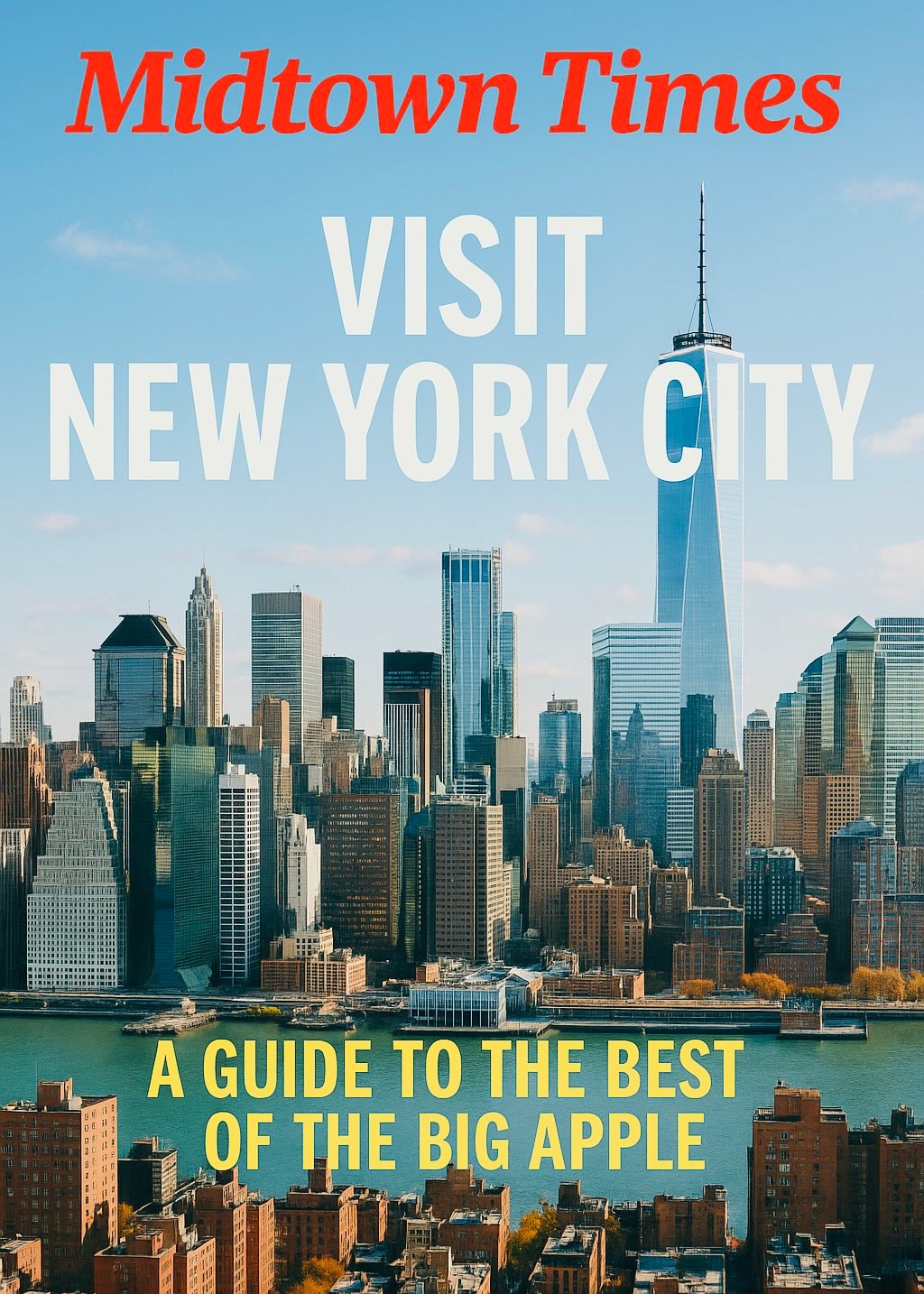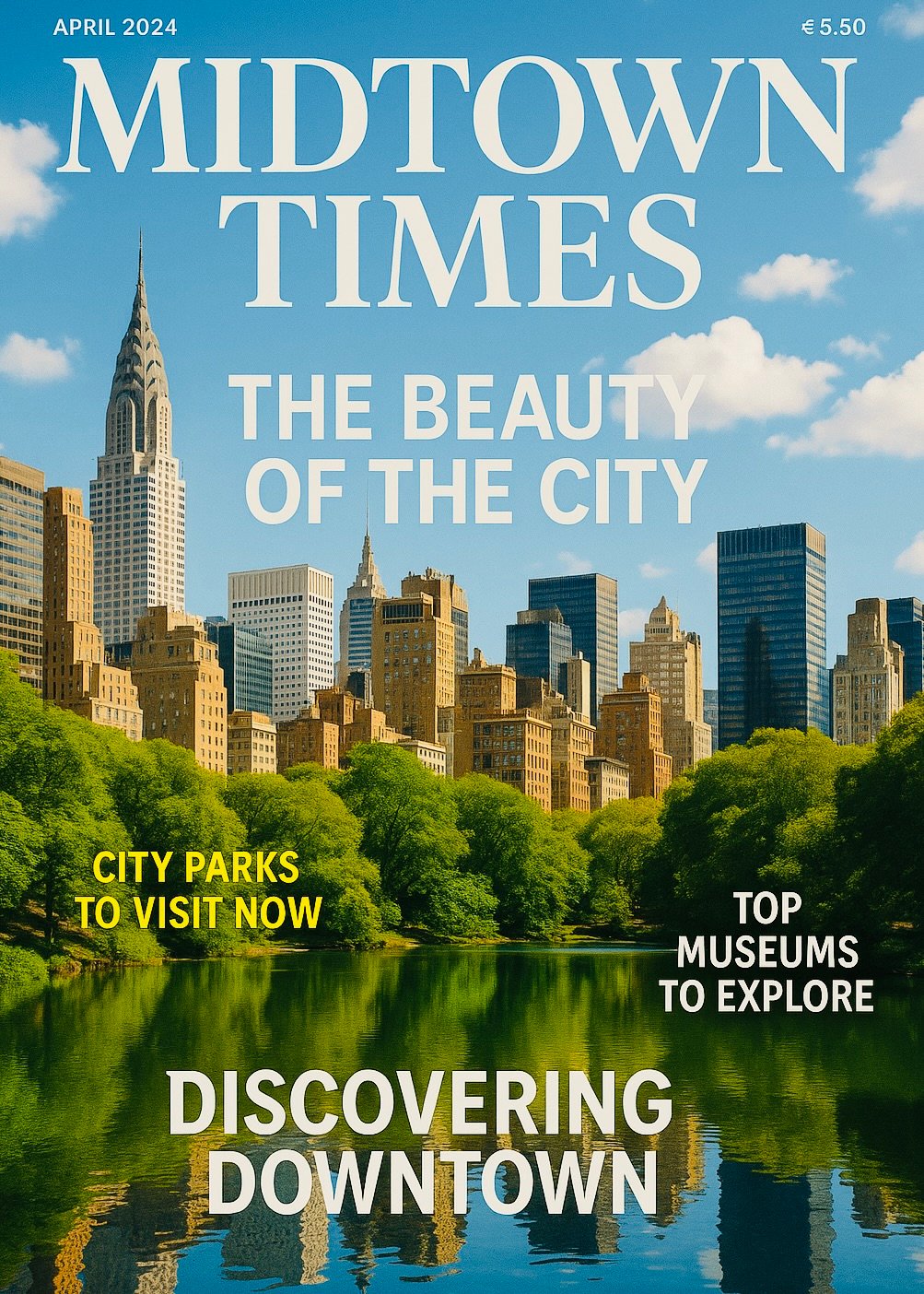Based on reporting by The New York Times
SILICON, CA – In 2014, HBO’s Silicon Valley satirized the Bay Area’s tech scene with a memorable rooftop exchange: newly hired engineers, lounging in lawn chairs and sipping beer, confessed they were “resting and vesting” — collecting salaries while waiting for their stock grants to mature. This lighthearted depiction closely mirrored reality in the “Web 2.0” era, when young engineers at Facebook, Apple, Google, and Netflix were building the consumer internet — social platforms, music-streaming services, and photo-sharing apps — in an atmosphere that rejected traditional corporate formality.
Back then, work culture meant rainbow beanbag meetings, free sushi lunches, in-office craft beer, and even complimentary dry cleaning after a spirited ping-pong match. It was a period of creative abundance, underpinned by investor enthusiasm and low borrowing costs, when start-ups could raise vast sums for projects ranging from social media tools to automated pizza-making machines.
That culture has largely faded. The Bay Area’s tech industry has entered what insiders call the “hard tech” age, with artificial intelligence at its center. Today’s innovation hubs — whether conference rooms, co-working spaces, or “hacker houses” — revolve around fluency in concepts like large language models, neural networks, and GPU computing power. San Francisco has overtaken traditional Silicon Valley cities such as Palo Alto and Mountain View as the locus of activity, with AI powerhouses like OpenAI and Anthropic anchoring the shift.
From Perks to Performance
The era of lavish employee perks and large-scale hiring has given way to leaner operations. Tech giants such as Google no longer hire aggressively, and managers now focus on performance metrics and cost-cutting. Political culture has also diversified: alongside its liberal traditions, the region has seen the rise of “Liberaltarians” — leaders who combine progressive stances on some social issues with a preference for minimal government interference in business. Once-avoided industries like defense technology are now attracting investment, with AI-assisted weapons development emerging as a growth sector.
Pandemic and Reset
The COVID-19 pandemic accelerated major changes. During lockdown, companies expanded rapidly to meet soaring online demand, only to downsize sharply afterward. Meta cut roughly a third of its workforce, while Elon Musk reduced Twitter’s staff by three-quarters after acquiring the platform. Roles tied to moderation, marketing, and diversity initiatives were among the first to go, replaced by AI researchers and machine learning engineers.
The late 2022 launch of OpenAI’s ChatGPT triggered a wave of investment and talent migration back to the Bay Area from emerging tech hubs like Miami and Austin. Venture capitalists, undeterred by past losses in cryptocurrency and metaverse ventures, shifted their focus to AI. The trend has reshaped neighborhoods: the corridor between San Francisco’s Mission District and Potrero Hill has been dubbed “The Arena” for its concentration of AI start-ups, while “Cerebral Valley” in Hayes Valley has become a gathering place for AI engineers.
A New Competitive Landscape
The new generation of start-ups reflects a more geopolitically aware — and sometimes more security-oriented — mindset. Instead of consumer convenience apps, companies are now designing autonomous drones and AI-driven defense systems. Major AI players are expanding aggressively: in 2023, Uber subleased 500,000 square feet to OpenAI, and Scale AI took over a former gaming headquarters with a $14.3 billion investment from Meta.
Despite the higher stakes and more disciplined corporate environments, a sense of ambition and optimism persists. Industry insiders point to high-profile events, such as Stability AI’s 2022 celebration at San Francisco’s Exploratorium, as symbols of renewed energy in the city’s tech scene. Even the Financial District, once quiet post-pandemic, is showing signs of revival.
In the words of one prominent tech commentator known as Roon, “We are so back.”


